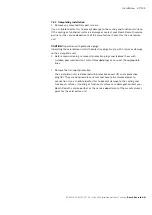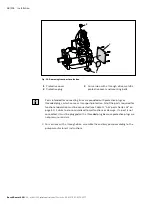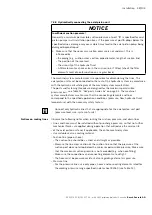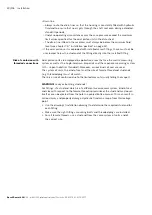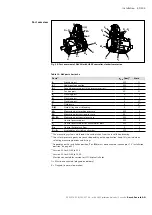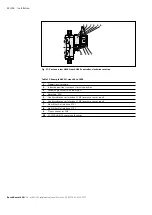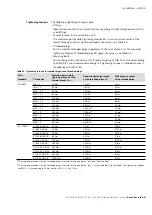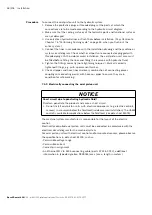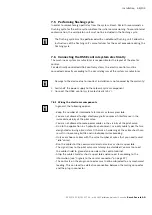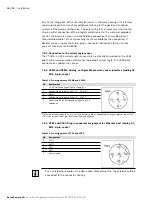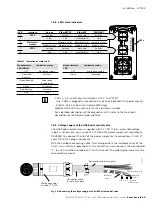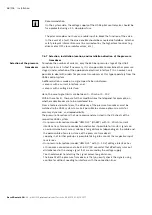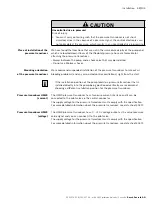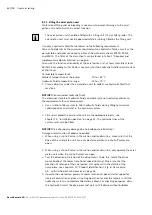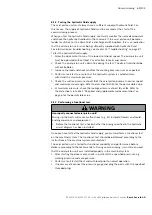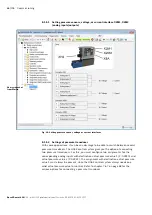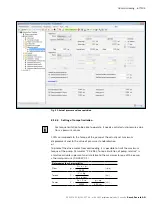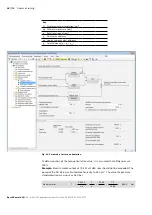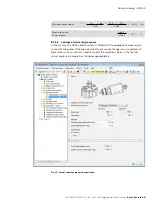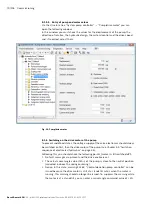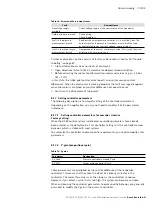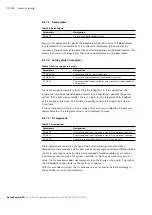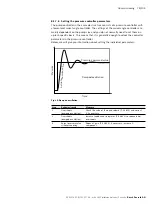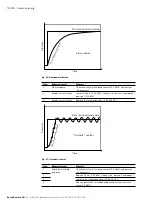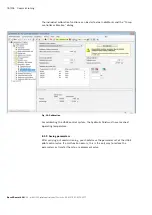
Commissioning 61/104
RE 92076-01-B/10.2017, A4... with HS5E pilot control valve/Series 3x,
Bosch Rexroth AG
NOTICE
Air pockets in the area of the bearings!
The device can be destroyed.
▶
Make sure that the pump housing is completely filled with hydraulic fluid at
commissioning and during operation with the “drive shaft upwards” installation
position.
▶
Check the hydraulic fluid level in the housing area regularly; if necessary,
recommission. With above-reservoir installation, the housing area may drain via
the drain line after longer standstill periods (air enters via the shaft seal ring) or
via the working line (gap leakage). This means that the bearings are insufficiently
lubricated when recommissioning.
▶
Make sure that the suction line is always filled with hydraulic fluid at
commissioning and during operation.
NOTICE
The system generates a warning message if the sensor system fails or
malfunctions!
Uncontrolled movements in the system.
▶
As delivered from the factory, the electronics are configured such that the
system generates a warning message if the sensor system fails or malfunctions.
This warning message is not issued via an analog signal. If required, it is possible
to change the configuration such that the system generates a fault message. This
message is output as an analog signal and it can be further-processed.
▶
Using the machine control unit, you must ensure that the system is transferred
to a safe state.
8.1 Initial commissioning
During all work for commissioning the axial piston unit, observe the general
safety instructions and intended use detailed in chapter 2 “Safety instructions”
on page 10.
▶
Allow the product to acclimatize for a few hours before initial commissioning so
that no condensation water can form inside the housing.
▶
Connect the pressure gauge for the working pressure, case pressure and suction
pressure to the specified measuring points on the axial piston unit or in the
hydraulic system, to check the technical data at first operation.
▶
During the commissioning process, monitor the temperature of the hydraulic fluid
in the reservoir to ensure that it lies within the permissible viscosity limits.

